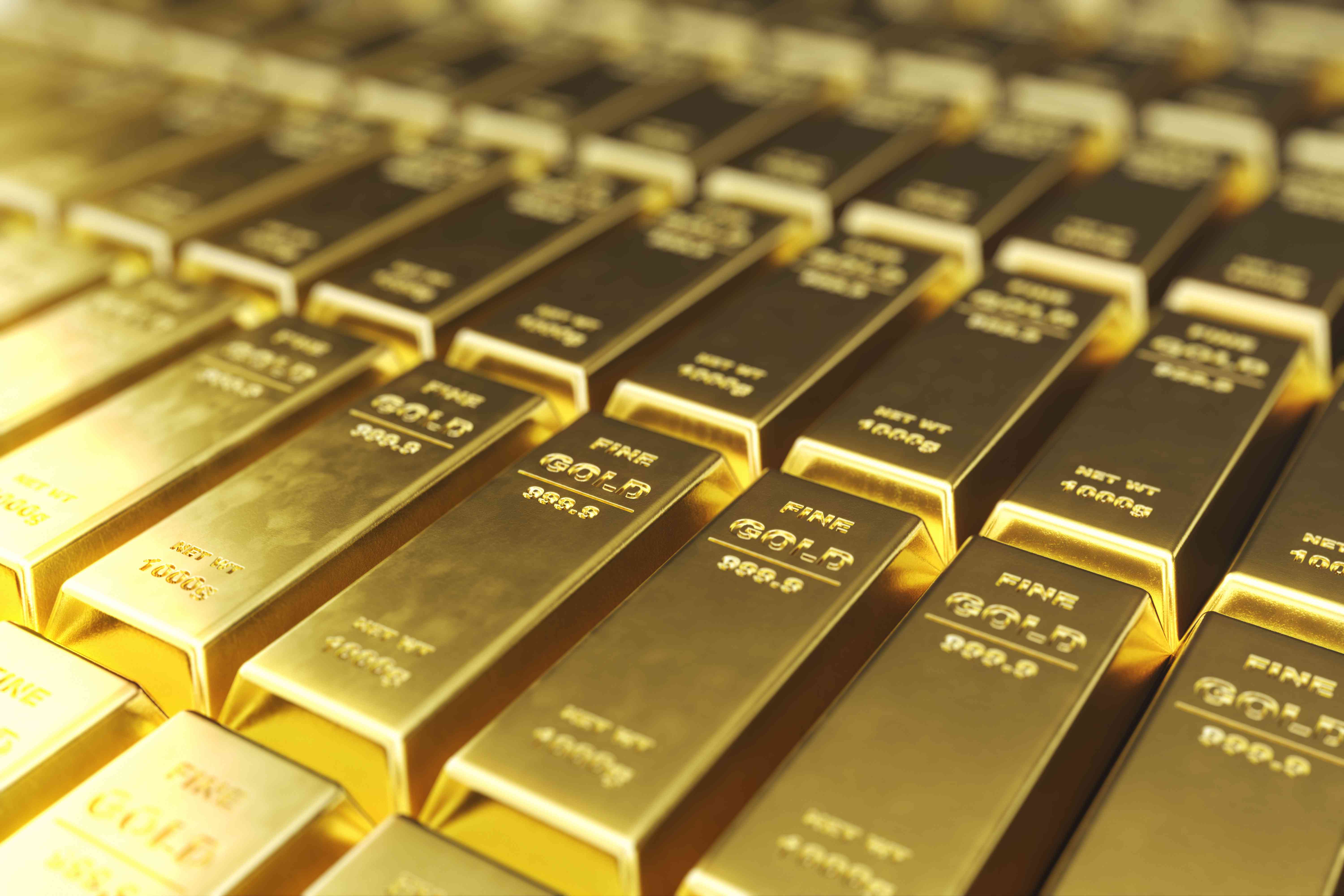
Precious metals have always played a vital role in the global economy, and palladium is no exception. Over time, its value has fluctuated due to various factors, making it an intriguing asset for investors and industries. Understanding its price movements can offer insights into market trends and economic shifts.
Tracking palladium price history helps us grasp how external events and industrial demand shape its worth. From supply chain disruptions to technological advancements, several elements have influenced its rise and fall, offering both opportunities and risks for those looking to invest or study the market.
The Role of Supply and Demand
One of the primary drivers of palladium prices is the balance of supply and demand. When supply chains are disrupted, it directly affects the metal’s price. Conversely, the rates rises when the demand for catalytic converters or other palladium-dependent industries surges. This simple but effective relationship helps explain why prices have fluctuated dramatically.
Additionally, geopolitical tensions and changes in industrial regulations can further impact supply and demand dynamics, adding another layer of complexity to the price trends. Understanding these factors is crucial for anyone involved in trading or investing in this precious metal.
Exploring Historical Trends in Palladium Prices
Historical data is invaluable for a comprehensive view of palladium price trends. Accessing detailed records of past prices allows users to track fluctuations over time and analyze market trends. This data provides essential insights into how its prices have evolved, helping investors and industry professionals understand the factors influencing current market conditions. Whether for research purposes or strategic decision-making, examining historical price trends is crucial for navigating the complexities of its market effectively.
Is Palladium a Good Investment?
Many wonder whether palladium is a good investment given its volatile price history. Like any precious metal, it offers both opportunities and risks. Its rates can rise quickly when demand surges or supply is disrupted, making it an attractive option for short-term investors. However, its value can dip just as fast, especially when market conditions shift unexpectedly.
When considering palladium as part of an investment portfolio, it must study its price history carefully. By knowing what has caused its rise and collapse, investors may make better informed decisions. The keyword here is caution. While it has seen impressive gains in recent years, it’s also prone to significant price drops.
What Can We Expect for Palladium Prices in the Future?
Looking ahead, the future of palladium prices remains uncertain. As the demand for cleaner technology grows, it will likely stay in high demand. However, if alternative technologies emerge or mining operations expand, one could see a stabilisation or even a price decline.
Investors and industry experts alike will monitor palladium price history closely to predict future trends. Whether you’re considering investing or just interested in the metal’s market dynamics, understanding its price movements is crucial for staying informed in a rapidly changing global economy.
Palladium’s price history offers a fascinating glimpse into the world of precious metals and how global events, supply chains, and industrial demand all play a role in determining its value. As industries evolve and the world shifts towards cleaner technology, this metal will remain vital to watch.
Write and Win: Participate in Creative writing Contest & International Essay Contest and win fabulous prizes.


